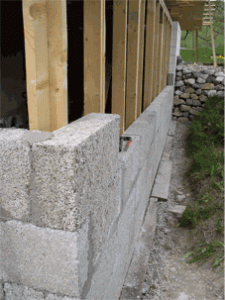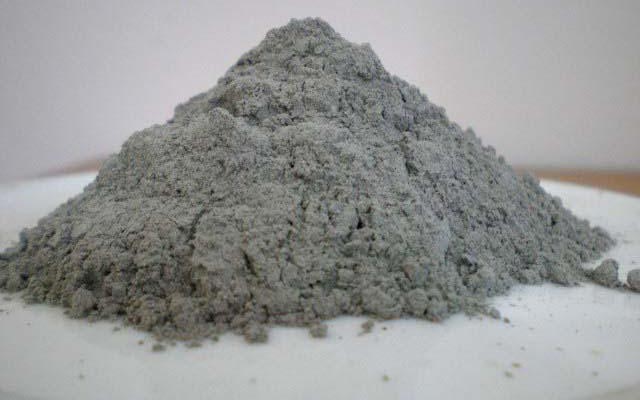Building materials like cement, concrete, chemical admixtures have a negative impact on the surroundings. Most of the materials used in construction are not eco friendly and effect the environment directly or indirectly. Green materials are viable options to protect the environment that supports us.
Need for Eco-friendly or Green Building Materials
Sustainable development is all about meeting the needs of the present generation without compromising the needs of future generations. By using green materials,e we protect our environment and also have a chance to revive our ecosystems. Also, the production of conventional building materials involves emissions, production of toxic wastes and pollution which degrade the surrounding ecosystem even more.
Green building materials help reduce the damage happening to the environment. Locally available materials are also eco friendly as they reduce transportation energy further reducing the carbon footprint. Eco friendly or green building materials are materials which do minimal environmental harm and keep the environment clean. The last decade has seen the invention of many green materials like grass Crete, hempcrete, bamboo, recycled aggregates, plant-based foam, straw bales and cork boards.
Green Building Materials
Grasscrete
Grass Crete is a green building material constituting grass and concrete. Concrete slabs are made with voids or spaces in them. Grass or other flora which have the capacity to drain water into earth faster are grown in these pockets. Grass Crete slabs are used in pavements, lawns and gardens. Grasscrete slabs improve the infiltration capacity of regular concrete. Areas with high rainfall inflows can be paved with grasscrete to check to waterlog. Its load-bearing capacity is high and can bear up to forty tones which makes it suitable to be used in road constructions.
Hempcrete
Hemp is an industrial plant used in the fibre industry. It is used in the production of ropes, clothing, insulation. Hemp Crete is a composite material made from hemp and lime or concrete. Hemp is rich in silica which binds with lime increasing its strength. Hemp Crete is used in the manufacture of building blocks in construction. It has good insulation properties. Hemp Crete bricks are light in weight and form a good bond with other materials. Hemp Crete is fire resistant, toxin-free and reduces the energy output of building. As the compressive strength of hemp, Crete is less it is used more as a decorative material. It is also used in the construction of partition walls and other non-load-bearing structures.

Bamboo
Early construction has seen the use of bamboo as a structural material. It is used for scaffolding, flooring and ornamental works. Bamboo has a high strength to weight ratio which makes it suitable to be used as poles and posts in structures. Bamboo is light in weight, a good insulator and its regenerative property make it a renewable product. But the downside of bamboo is that it is susceptible to decay which needs extra protective measures to be taken.
Recycled Aggregates
The concept of recycling is gaining importance from last few decades considering the future environmental crisis. Recycled Aggregates are aggregates obtained from existing concrete structures. When concrete structures are demolished the broken blocks of concrete are sent for crushing. The crushed concrete is used as aggregate in the production of concrete. Recycled Aggregates can be used in combination with fresh aggregates or simply used as is. Using recycled aggregates does not compromise the strength of concrete. Not only aggregates but materials like steel and wood can be salvaged and reused.
Straw bales
Straws of rice, wheat or oat bales are an ancient construction material. Straw bales are less expensive, fire-resistant, good insulators and renewable. Bales are stacked upon one another on a platform and coated with a moisture barrier. After stacking they are plastered and levelled. They are susceptible to rot when in contact with moisture. They can be used as stucco or in roofs. By combining with concrete they can form a durable material.

Sustainability must be addressed on a life cycle basis from the origin of materials, production process, their installation in buildings and disposal. At least a fifty per cent use of green materials in construction will lower the impact on the environment.
Also Read: Types of Building Materials


